How to Use Plastic Bottles for Prepping
Being prepared is essential, especially with the current challenges people are facing locally and around the world. One often overlooked item that can be incredibly useful in a variety of prepping situations is the humble plastic bottle. With a bit of creativity and resourcefulness, plastic bottles can serve multiple purposes, making them a valuable asset in your prepping stockpile. Let’s talk about how to use plastic bottles for prepping.
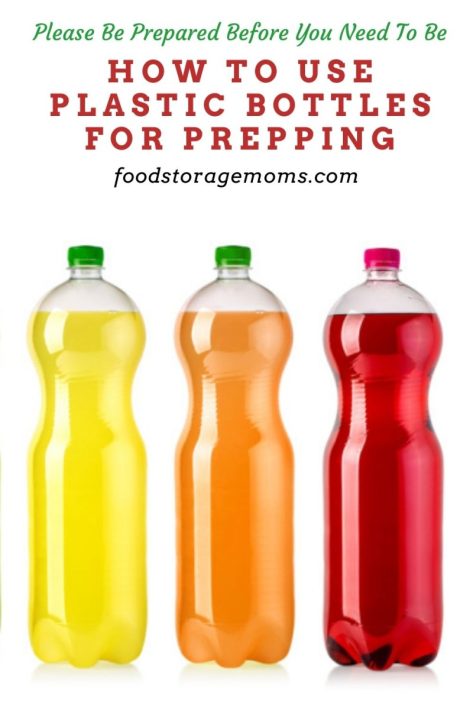
Can I safely reuse plastic bottles?
Yes, many plastic bottles can be safely reused. However, it’s important to pay attention to the type of plastic the bottle is made of. Look for bottles labeled with recycling codes 1, 2, 4, or 5, as these are considered safer for reuse. One key thing to check on is whether the plastic materials are BPA-free. BPA stands for Bisphenol A, one of the chemicals often added to give plastic qualities like making it more durable. BPA has been eliminated from many food storage containers, toys, and water bottles to make them safer for human use.
Water Storage and Purification
Water is a fundamental necessity for survival, especially in emergency situations. Plastic bottles can be repurposed as emergency water storage containers, allowing you to store and preserve water for an extended period. It is recommended to use food-grade plastic bottles and ensure they are thoroughly cleaned before filling them with filtered and purified water.
Plastic bottles can be used for basic filtration and purification of contaminated water as follows: Puncture holes in the bottle cap and fill the bottle with layers of sand, gravel, and charcoal to create a simple yet effective filtration system. This DIY filter can help remove debris and sediment, making the water safer to consume. Is Tap Water Safe to Drink? I would still boil the water before I drink it. Not all harmful chemicals may be removed with this filter system.
Food Storage
Plastic bottles can also be utilized for storing food in a prepping scenario when you want a cost-effective way to keep stored food in plastic food containers. Dry foods such as rice, beans, wheat and other grains, or pasta can be stored in clean and airtight plastic bottles, protecting them from moisture, pests, insects, and other contaminants. To optimize space, consider using different sizes of bottles and labeling them accordingly.
Plastic bottles can be used as makeshift containers for storing homemade preserves, sauces, or condiments. Simply fill the bottles with your desired mixture, seal them tightly, and store them in a cool, dark place for long-term storage and preservation. Which Methods of Food Storage are Correct?
Container Gardening
In a survival situation, growing your own food can be crucial. Plastic bottles can be repurposed into containers for small-scale gardening, allowing you to cultivate herbs, vegetables, and even small fruits in limited spaces. Cut the top half section of a plastic bottle, leaving the bottom half as the planter. Fill it with soil, plant your seeds or seedlings, and ensure proper watering and sunlight exposure.
For vertical gardening, consider attaching multiple bottles to a wooden frame or wall, creating a space-saving arrangement. Plastic bottles can also be used for self-watering systems by creating small holes near the bottom, allowing water to slowly seep into the soil, reducing the need for constant watering. 8 Reasons Why Your Garden May Be Struggling
If you’re really serious, some gardeners have actually made plastic bottle greenhouses. The transparent bottles allow sunlight in and act as insulation from the cold. I’ve always wanted a greenhouse, but I’m not sure I’m up to building one out of plastic bottles!
If you have room in your garden area for a bird feeder, consider attaching the bottom part of a plastic bottle to a pole or fence post and just watch the fun birds come for a treat.
Emergency Lighting
During power outages or emergencies, having a reliable source of lighting is essential. Plastic bottles can be transformed into DIY lanterns using simple materials. Fill a clear plastic bottle with water and a few drops of bleach to prevent algae growth. Attach a small flashlight or LED light to the bottle cap, and voila! You have an improvised lantern that provides a soft and ambient glow.
Tools and Survival Gear
Plastic bottles can be repurposed into various tools and survival gear, further enhancing their usefulness in prepping scenarios. For instance, by cutting off the bottom of a plastic bottle and attaching a handle, you can create a makeshift scoop for gathering and transferring materials.
Bottles with cut-off bottoms can serve as protective covers for fragile objects or used as funnels for pouring liquids. Invaluable Tools Necessary for Transporting Emergency Supplies
In survival situations, signaling for help is crucial. By cutting a plastic bottle in half, you can create a makeshift signaling mirror. The reflective surface of the plastic can help you signal for rescue by directing sunlight toward potential rescuers.
Recycling and Repurposing
Let’s not forget the importance of recycling and repurposing plastic bottles for the environment. By utilizing plastic bottles in prepping scenarios, you are also contributing to waste reduction and environmental sustainability since all that plastic in your home isn’t going into the trash. If you can’t use them, be sure to place them in a recycling bin. Hygiene Tips for an End-of-the-World Scenario
When you no longer need the bottles for their intended purpose, consider finding ways to recycle or repurpose them further, such as using them for crafts, storage containers, or even building materials. How to Reduce Waste as a Prepper
How should I clean and sanitize reused plastic bottles?
To clean plastic bottles, rinse them thoroughly with warm water and dish soap. For sanitizing, you can use a mixture of water and vinegar or a bleach solution (1 teaspoon of bleach per 1 gallon of water). Remember to rinse the bottle well after sanitizing. If you plan to clean them in your dishwasher, make sure the plastic bottle is dishwasher safe.
Can I reuse single-use plastic water bottles?
Single-use plastic water bottles are not designed for long-term reuse. They are typically made of thin plastic and may start to degrade over time, increasing the risk of chemical leaching.
How many times can a plastic bottle be reused?
The number of times a plastic bottle can be safely reused varies depending on factors such as the quality of the plastic, how it is used, and how it is cleaned. It is recommended to inspect the bottle regularly and replace it if any signs of damage or degradation are noticed.
Final Word
Plastic bottles can be valuable resources in a prepping situation. From water storage and purification to food storage, gardening, emergency lighting, tools, and recycling, their potential uses are vast. Next time you have an empty plastic bottle in your hands, think about the many ways it can be repurposed for prepping purposes. May God Bless this World, Linda
Copyright Images: Plastic Bottles of Soft Drink Depositphotos_378665524_S by Kornienkoalex, Drinks Lemonade And Cola Drinks Depositphotos_541553574_S by Boarding2Now

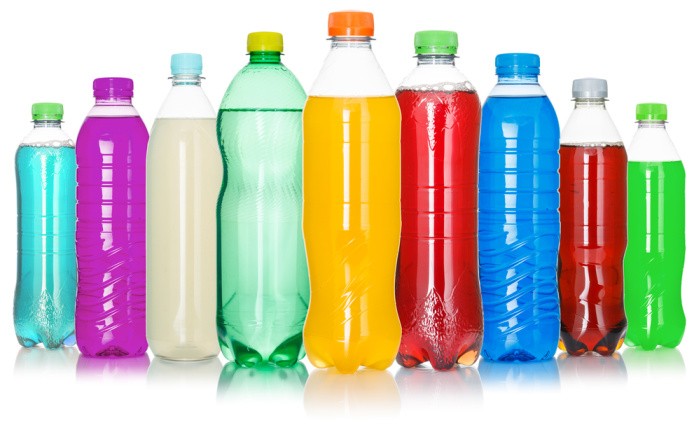

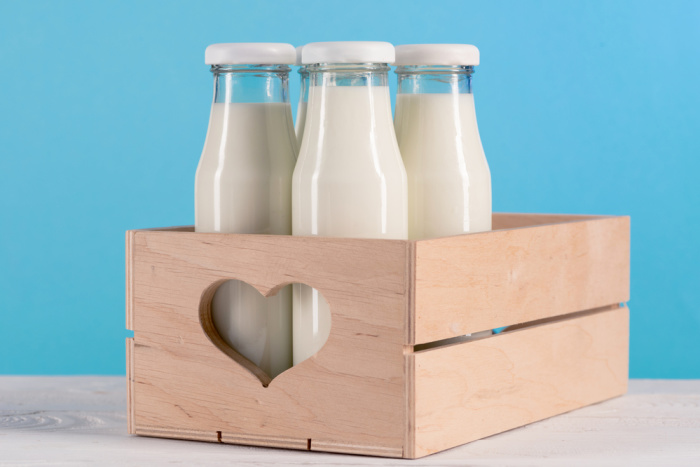
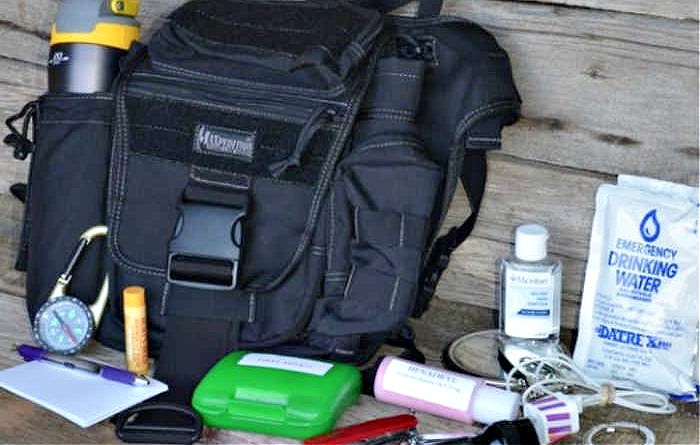
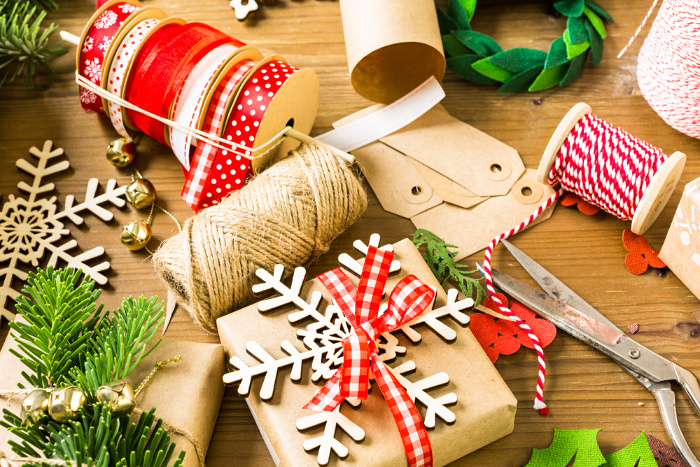
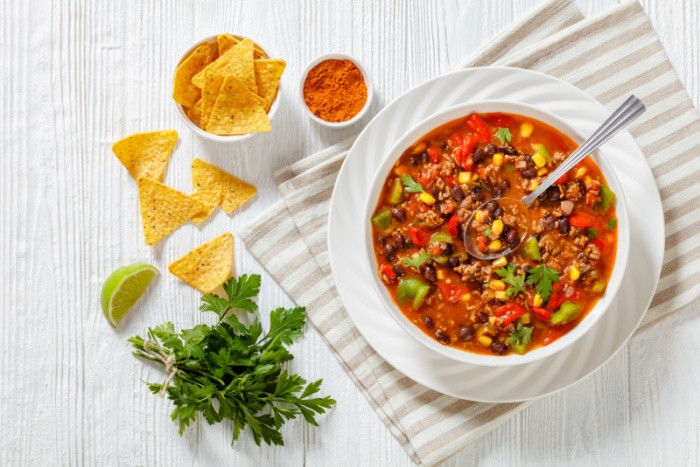
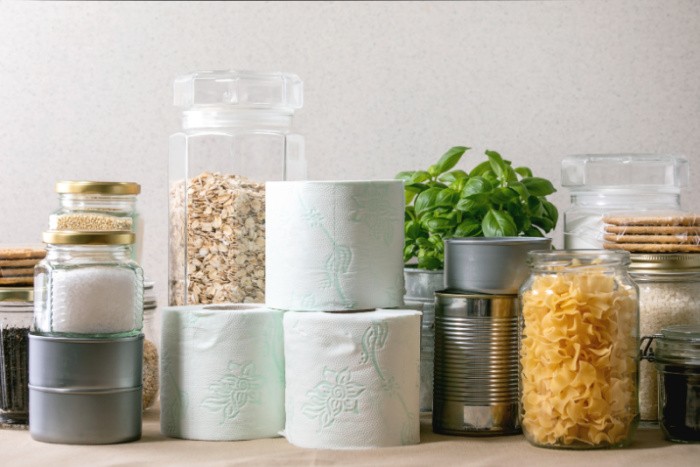
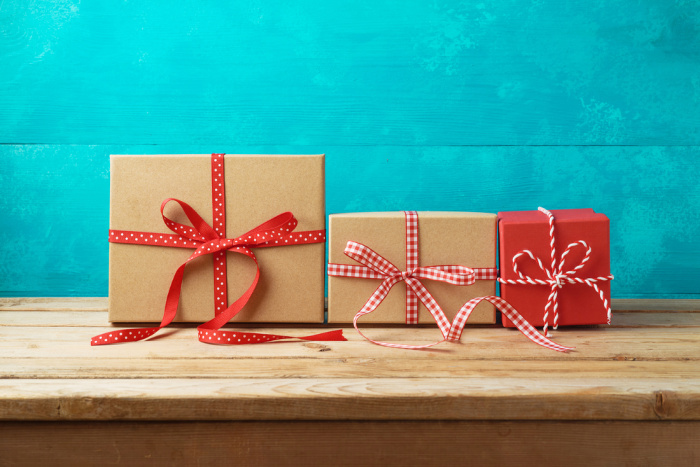













We use plastic bottles for ice. They are great for keeping things cold when we shop. Also as the water melts we have something to drink without having to buy something. Win win in my mind.
Another use would be for pens and pencils. I buy packages of pens and pencils so we have them at home and won’t run out.
Another use is for fruit and veggies that can be frozen for stacking in the freezer.
There are so many uses for plastic bottles it’s not funny. I like to keep them around so I have them handy
Hi Jackie, great idea for freezing the bottle with water and then shopping with them. We can always need a drink of water! Brilliant.Thank you for all the great tips! Love it! Linda
Before I throw anything away, I always wonder if I can use it in my prepping adventures! Good tips.
Hi Jess, I totally do the same thing! Thank you for your kind words, my sweet friend. Linda
I was fortunate to visit Nicaragua in 2017. It was a company trip to see & learn about our coffee growers (Keurig Green Mountain) They were very resourceful with repurposing plastic containers for gardening & vertically on trees, posts & more. Same for glass bottles, tires, coffee cans, etc. I am sure some of this was out of necessity due to financial need, but it was impressive to me. Would be glad to send you some photos sometime if you’d like to see them!
Hi Lori, oh my gosh, that would be a great trip and learning experience. I would love to see the pictures but I can’t post any that I haven’t purchased or taken them myself. What a great comment, thank you for sharing your story!!! Love it! Linda
Nails and screws organization is what I use them for as well.
We used to have hundreds of jugs and plastic bottle tops that we put on watermelon plants when fronts pushed through and it got too cool.
Minnow traps and all kinds of good stuff
Hi Matt, oh yeah nuts screws are great to have organized in them. They are great for using as cloches to protect plants, great reminder! Love it! Linda
I am one of “those” people who drinks wine from a box and have a stash of those emptied bags filled with water. I also have RO water (with the little spout) at my kitchen sink, so the bags are easy to fill. I simply remove the bag from the box, rinse out the insides, and re-fill with water. It takes a few minutes and I’m not delusional enough to think this would be actual drinking water, but it will provide water for other things. I tape the spout side closed and tape the top down and it’s good to stack alongside the other waterboxes.
Hi Marilyn, what a great idea! I have friends and family who have wine delivered! I have RO and love it as well! What a great idea! Thank you for sharing! Water is water after a disaster, we can use it many ways! Linda
I do what Jackie and Matt do but I also typically have about 20 of the 16 oz size bottles full of ice in our freezer and another 15 on our fridge/freezers door. In a power outage the ice will keep the freezer contents cold for days.
I also use larger plastic jars as feed scoops for my chickens.
Jane uses our 1/2 gallon milk jugs to make a fertilizer and water mixture for our plants. I use them in the winter to keep my covered raised beds from freezing.
Hi Ray, you know sometimes we need to share with each other how we are using items like used milk jugs for cloches and plastic bottles other ways. Those frozen bottles in the freezer are the best! Linda